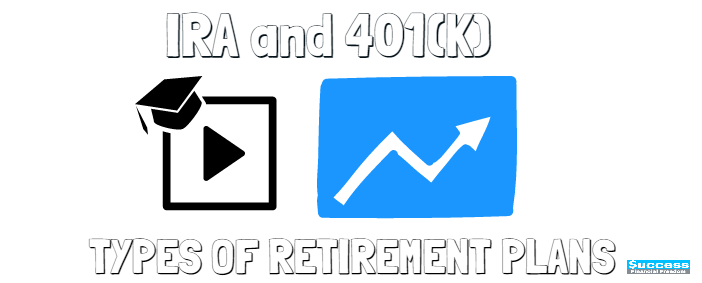From the previous blog, you got the idea of how IRA and Roth IRA work, right? Those are both individual retirement account. How about 401(k)? This is also well known a retirement investment plan. If you work for prestigious corporations and a decent size of a corporation, you should be getting an employer-sponsor retirement account, which is 401(k) plan, although small corporations may not offer this plan due to the financial status or the decision of employers. For a corporation to provide a 401(k) plan, primarily financial stability is required not to harm their own business. For instance, employers scaled back contributions to 401(k) retirement plans during a financial downturn, such as American Express, Coca-Cola Bottling Co., and General Motors. Those are among the dozens of companies that suspended their matching payments to their employee’s plans during the recession of 2008/2009. If a business is nose-diving or barely holding their own weight, it wouldn’t be a good idea to keep supporting employees.
What is 401(K)?
401(k) is coming from IRS tax code section 401(k). Basically, 401(k) is one of retirement vehicles that employers want to give employees a way to save money.
What is the difference between IRA and 401(k)?
First, the limit of contribution, If you learned the previous blog, you would know the limit of contribution for IRA and Roth IRA. 401(k) also has its own contribution limit. IRA contribution limits are set by the IRS, whereas 401(k) limits are set by the employer. One of the advantages of having 401(k) plans is that if employer allows, you can contribute up to $17,500, which is great!!
Secondly, eligibility of getting 401(k) is for people who are employed by companies. On the other hand, IRA can be set up by any individual.
Third, you get the employer match-up, since IRA is opened by an individual, its contribution has to be done by the individual. Although 401(k) is an employer- provided plan, employers elect to match a pre-defined percentage of each employee’s individual 401(k) contribution. For example, if you elect to contribute $100 of your monthly salary to your 401(k) plan, an employer offering a 100% match will also contribute a monthly $100 to your plan as well. This is “free money”.
However, I don’t want you to misunderstand how this matchup works. Usually if it the contributions is 100%, which means 6% of your income. Let’s say $3000 is your 6% of your income, that is how much the company match up with you. Hypothetically, the percentage of contribution is 50% instead of 100%, that would be $1500. A total of your $3000 contribution and $1500 free money.
Lastly, if you understand how investment works each of the retirement plans. IRA has more diversified investment options, such as commodity (gold, silver, oil and etc), although 401(k) doesn’t offer many investment options to choose, usually attached to S&P 500.
You have to understand how those investment vehicles operate and tax consequences to maximize your profit for your retirement. They are both great retirement plan, although personally, I love “Free money”. Only 401(k) can provide it for you!! Diversification in your investment should be done. Having both accounts can be an option to achieve your financial freedom.
<Recommended Book>
Smartest 401(k) Book You’ll Ever Read: Maximize Your Retirement Savings…the Smart Way!

